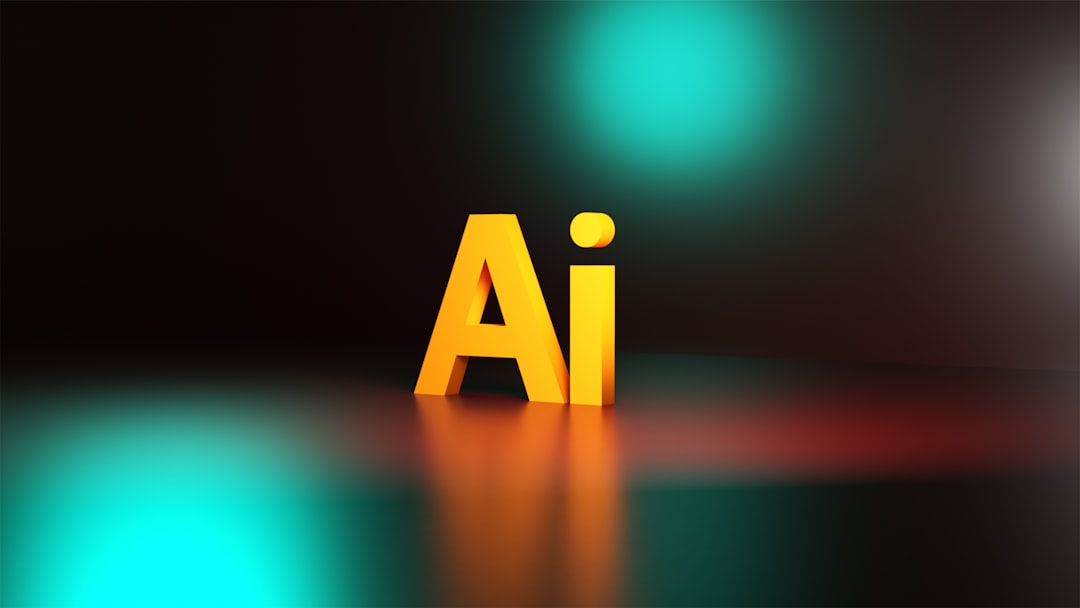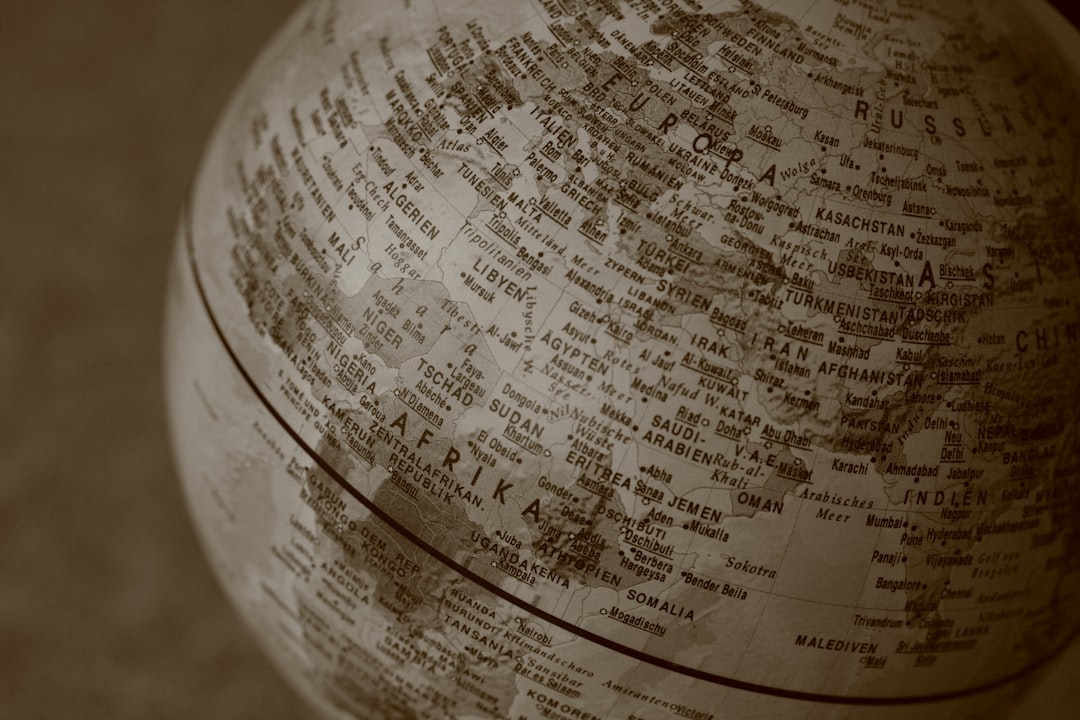Translating your content into other languages is exciting. It opens doors to new people, markets, and opportunities. But here comes a big question — should you use a human translator or a machine?
Each has its strengths. Each has its weaknesses. Let’s make it easy to understand so you can pick the right one for your project.
What is Human Translation?
This one’s simple — it’s a real person who speaks two or more languages. They read your content and then rewrite it in another language, using their brain and experience.</
Benefits of human translation:
- Accuracy: Humans understand context and tone better.
- Culture-aware: A human knows if a joke will land… or crash.
- Creative: They can adapt slogans, idioms, and wordplay in clever ways.
But… humans need time, and they cost more. Especially experienced ones.
What is Machine Translation?
This is translation performed by a software tool. It could be Google Translate, DeepL, ChatGPT, or other AI-powered platforms.
Benefits of machine translation:
- Fast: It’s super quick. You can translate an entire website in seconds.
- Cheap or free: Many tools are free. Some offer affordable monthly rates.
- Easy to access: One click and boom — your content’s in another language.
But… machines are still not perfect. They miss context. They mess up slang. And if your content is emotional or funny, the translation might end up confusing.

When Should You Choose Human Translation?
Sometimes, there’s no replacement for a real human brain. Here’s when you should definitely pick a human translator:
- Marketing content: Think taglines, product descriptions, ads. You want these to sound polished and catchy. Machines won’t get your brand voice right.
- Legal or medical content: One wrong word here can cause huge problems. Human experts know the right terms and legal lingo.
- Literary work: Books, poems, anything with style — humans bring nuance that AI can’t match.
- Cultural sensitivity needed: Want your content to respect traditions and taboos? Use a human familiar with the culture.
Example: You’re launching a new soda in Japan. Your slogan is “Explode your thirst!” You’ll want a human to make sure “explode” doesn’t scare off customers.
When Is Machine Translation Enough?
AI is incredible for some things. You can definitely rely on machines in many situations:
- Internal documents: Need employees across countries to read a memo? A quick machine translation is probably fine.
- Real-time communication: Chatting in a support app or communicating with international teammates — speed matters more here than grammar precision.
- Large amounts of content: If you have thousands of pages to translate, you might start with machine translation to save time.
- User-generated content: Comments, reviews, or forum posts don’t have to be elegant. Machines work well here.
Still, don’t publish machine-translated content without reviewing it. If you’re worried about how it sounds, let a human proofread it.

Hybrid Approach: Best of Both Worlds
Guess what? You don’t have to pick just one.
Many companies use a combination of machine and human translation. This is called a hybrid approach.
- Step 1: Use machine translation to get a speedy draft.
- Step 2: Have a human translator review, fix, and polish the text.
This method is faster than starting from scratch. It’s also cheaper than full human translation. Best of all, you get high quality in less time.
What to Consider Before Choosing
Every project is different. Here are some quick questions to help you choose:
- Is accuracy more important than speed? Go human.
- Is budget tight? Start with a machine.
- How much content do you have? Loads of words? Maybe use AI first, then clean up.
- Does the content reflect your brand? Humans are better at tone and voice.
Also consider your audience. Will they appreciate a fluent, beautiful translation? Or are they just trying to get the basic idea?
Costs Involved
Let’s talk money.
- Machine translation tools range from free to $30-100/month.
- Human translators might charge $0.06 to $0.25 per word.
- Specialized translators (legal, medical) may charge more.
- Post-editing (correcting the machine output) usually costs 30% to 60% of full human translation.
If you’re translating thousands of product listings, AI can save serious money. If you’re creating a delicate press release, spring for a human.
How to Work with Translators
If you choose to go human, here are some tips:
- Share your goals: Let them know what the content is for.
- Provide context: Explain the audience and how the content will be used.
- Give guidelines: Tone, style, brand rules — the more you provide, the better they deliver.
- Ask for a sample: Test out a small job before committing to a large one.
Working with humans is more involved, but the results often sparkle.
Popular Tools to Try
Looking to experiment with both approaches? Here are some tools:
For Machine Translation:
- Google Translate
- DeepL
- Microsoft Translator
- Amazon Translate
For Finding Human Translators:
- ProZ
- Upwork
- TranslatorsCafe
- Gengo
You can even upload your document to machine tools and later hire someone to edit it!

Final Thoughts
So — human or machine? The answer is: it depends.
Use machines when you need speed, scale, and basic understanding. Use humans when you need style, tone, emotions, clarity, and cultural fit.
Or — combine them! Let them work together, as a team. It’s like peanut butter and jelly. Each good on their own, but better together.
Bottom line: The right approach makes your message clear, global, and effective. Choose wisely, and your words will travel far and wide.


































